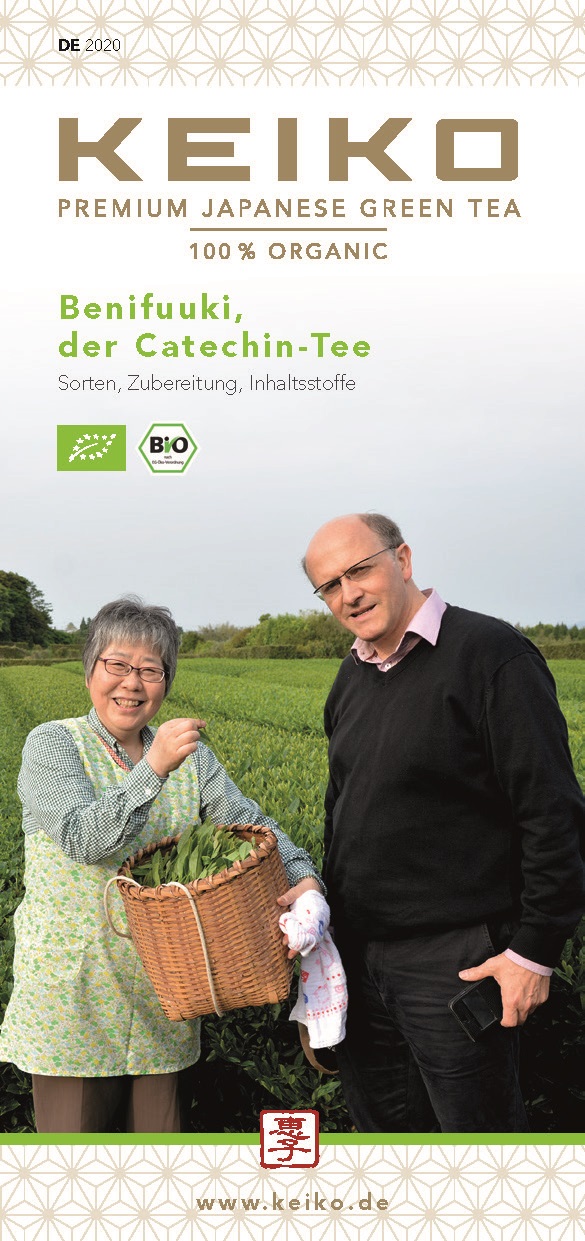

0 of 0 reviews
Login
Dazu passt
Content: 0.05 kg (€259.00* / 1 kg)
Content: 0.05 kg (€199.00* / 1 kg)
Content: 0.05 kg (€399.00* / 1 kg)
Content: 0.05 kg (€219.00* / 1 kg)
Ähnliche Artikel

0 of 0 reviews
Dazu passt
Content: 0.05 kg (€259.00* / 1 kg)
Content: 0.05 kg (€199.00* / 1 kg)
Content: 0.05 kg (€399.00* / 1 kg)
Content: 0.05 kg (€219.00* / 1 kg)
Ähnliche Artikel

